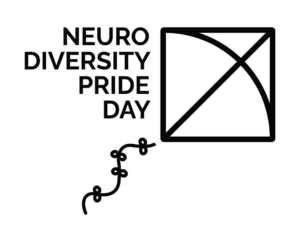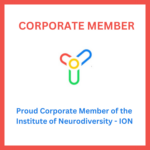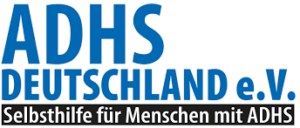Attention Deficit Hyperactivity Disorder (ADHD) is not just about attention and hyperactivity; it also involves emotional dysregulation, often manifesting as ADHD rage. In a high-stakes business environment, understanding the triggers for ADHD rage is crucial for fostering a supportive and inclusive workplace. Let’s explore common triggers and strategies to navigate this aspect of ADHD in professional settings.
Triggers:
- Interruption of Hyperfocus: ADHD individuals may experience intense emotions when their hyperfocus, a state of deep concentration, is abruptly interrupted. In a bustling business environment with constant demands, interruptions to this intense focus can become a trigger for ADHD rage.
- Perceived Criticism or Failure: Fear of failure or criticism can be a potent trigger for ADHD rage. In a competitive business setting, individuals may interpret feedback or setbacks as personal attacks, leading to intense emotional reactions.
- Slow Technology: Slow or malfunctioning technology can be a significant trigger for individuals with ADHD in the business world. Delays caused by technology issues may lead to frustration and impatience, triggering ADHD rage.
- Micromanagement: Micromanagement, where individuals feel excessively controlled or monitored, can be a trigger for ADHD rage. A lack of autonomy and constant scrutiny may lead to feelings of frustration and rebellion.
- Misunderstandings and Communication Breakdowns: Difficulties in communication and misunderstandings can escalate emotions quickly. In a fast-paced business environment, where clear communication is crucial, breakdowns can lead to frustration and anger.
Strategies for Navigating ADHD Rage:
- Interruption of Hyperfocus: Strategy: Establish a visual or digital signal system indicating deep focus. This non-disruptive method helps others recognize when to approach, easing the transition from hyperfocus.
- Perceived Criticism or Failure:Strategy: Cultivate a culture of constructive feedback and recognition. Regular one-on-one meetings provide a platform to discuss achievements and areas for improvement, fostering positive communication.
- Slow Technology: Strategy: Introduce proactive technology upgrades and regular maintenance to minimize slowdowns. Empower individuals with accessible tech support resources and training to address tech issues independently.
- Micromanagement: Strategy: Nurture a culture of trust and autonomy. Clearly outline expectations upfront and establish periodic check-ins that emphasize collaboration rather than micromanagement.
- Misunderstandings and Communication Breakdowns: Strategy: Implement a comprehensive communication platform with clear guidelines. Foster open dialogue through regular team-building activities, enhancing mutual understanding among team members.
Understanding these triggers and implementing tailored strategies contributes to a workplace where individuals with ADHD can thrive, bringing their unique strengths to the professional landscape.
#ADHDRage #BusinessEnvironment #InclusiveWorkplace







